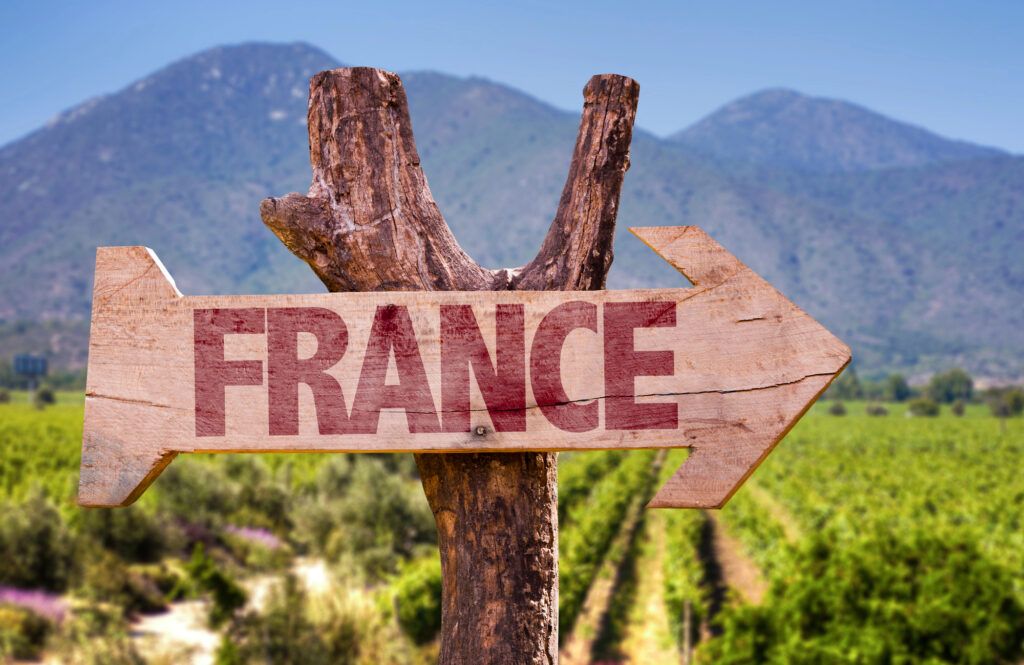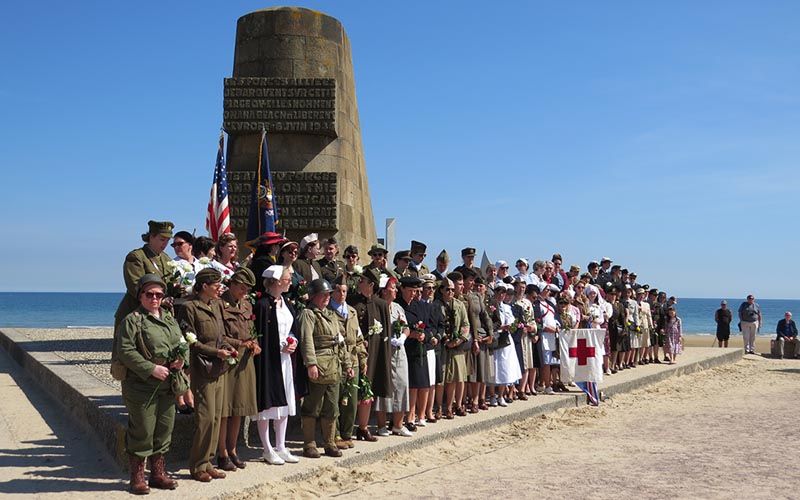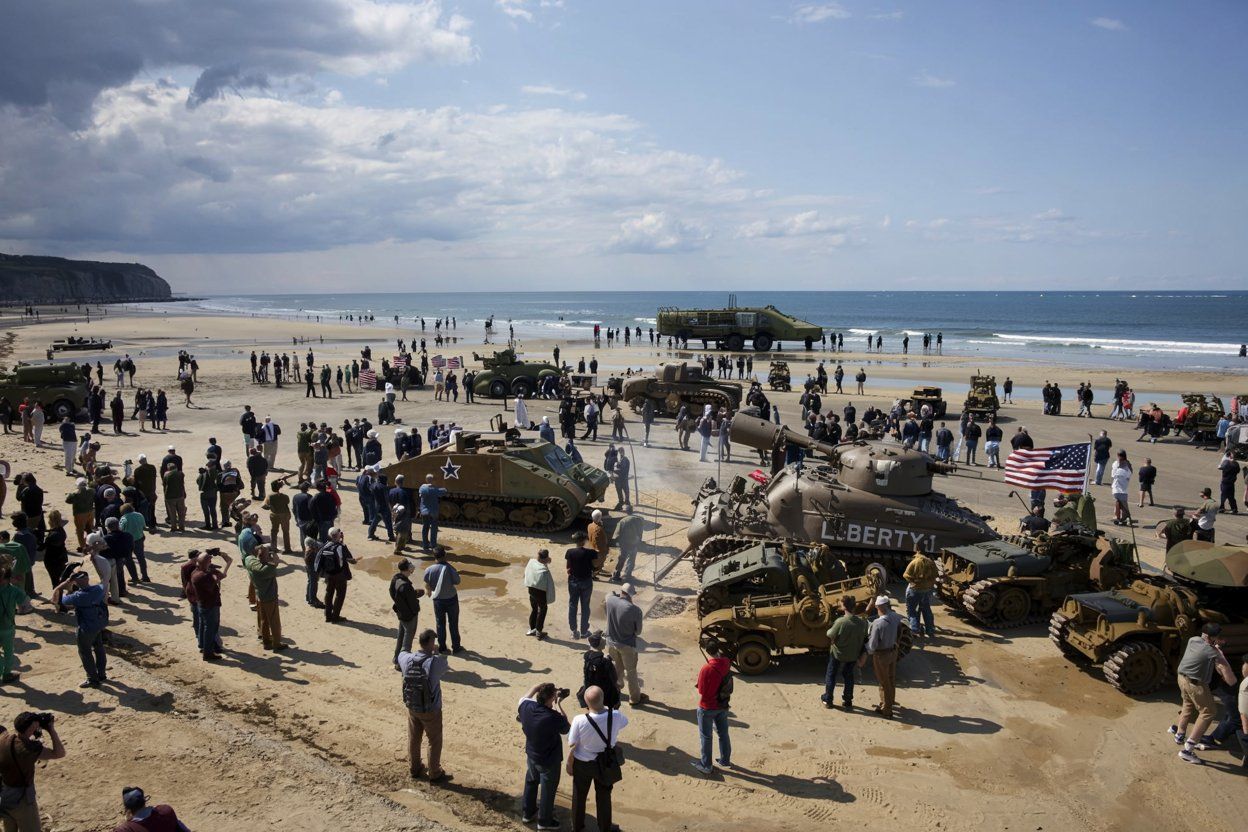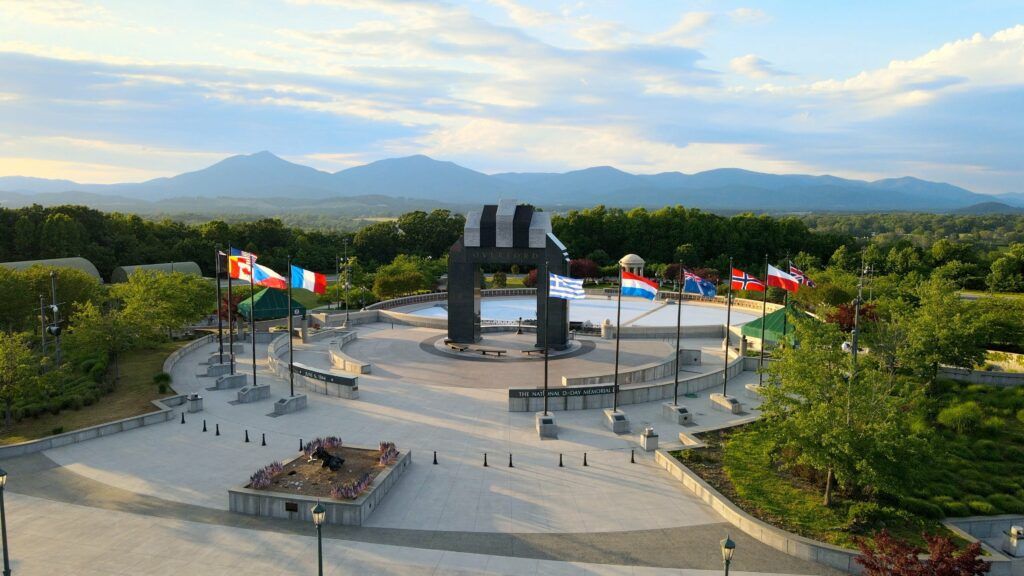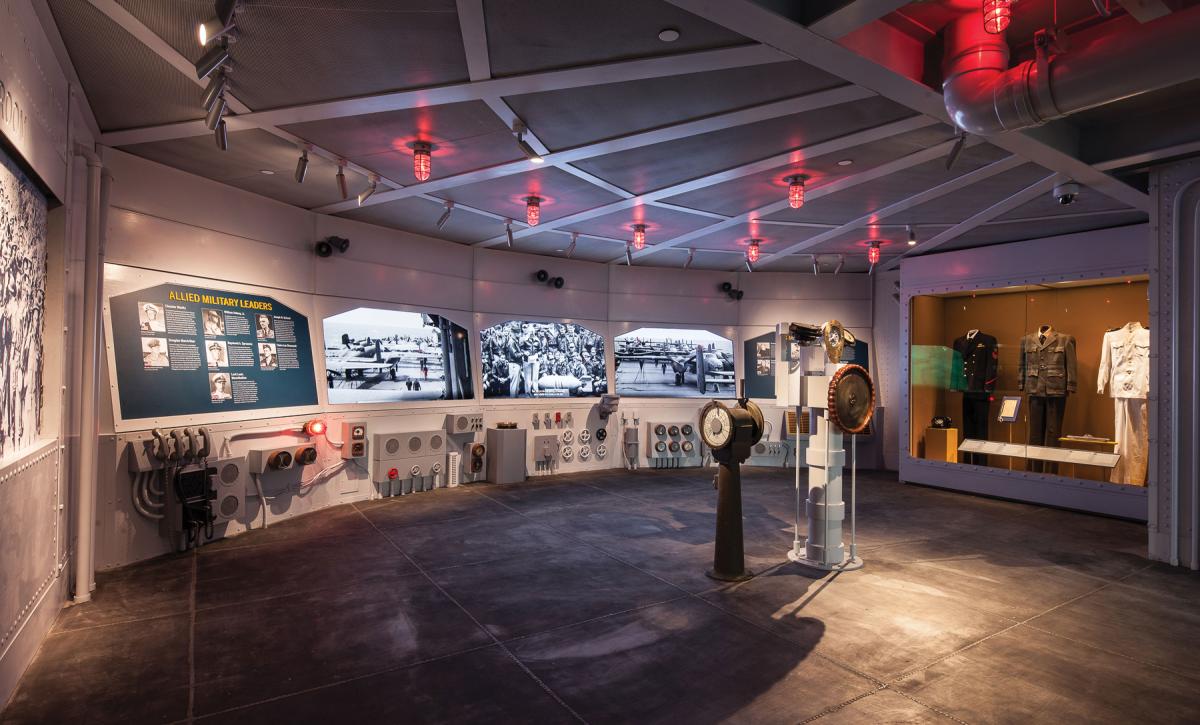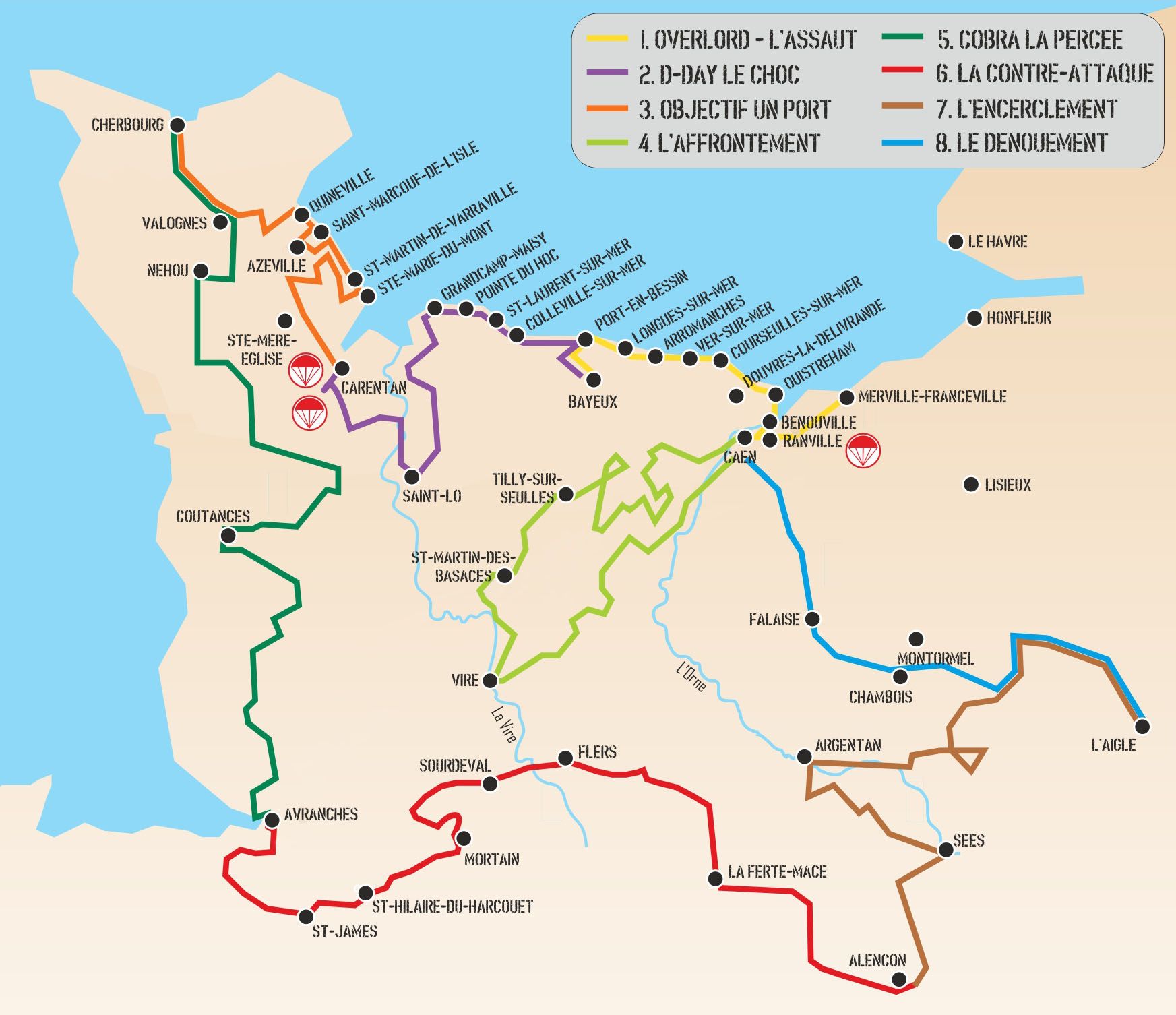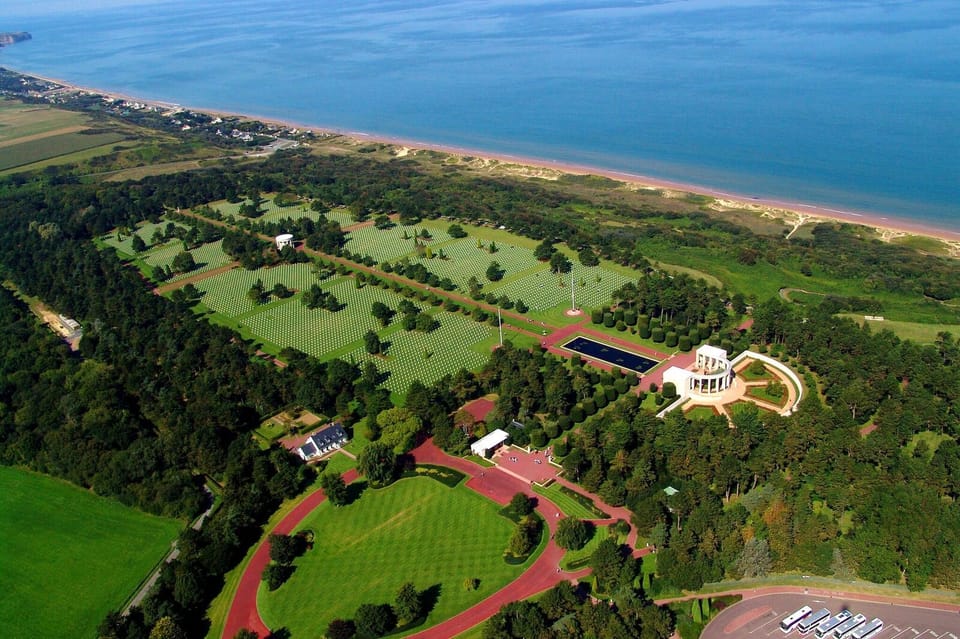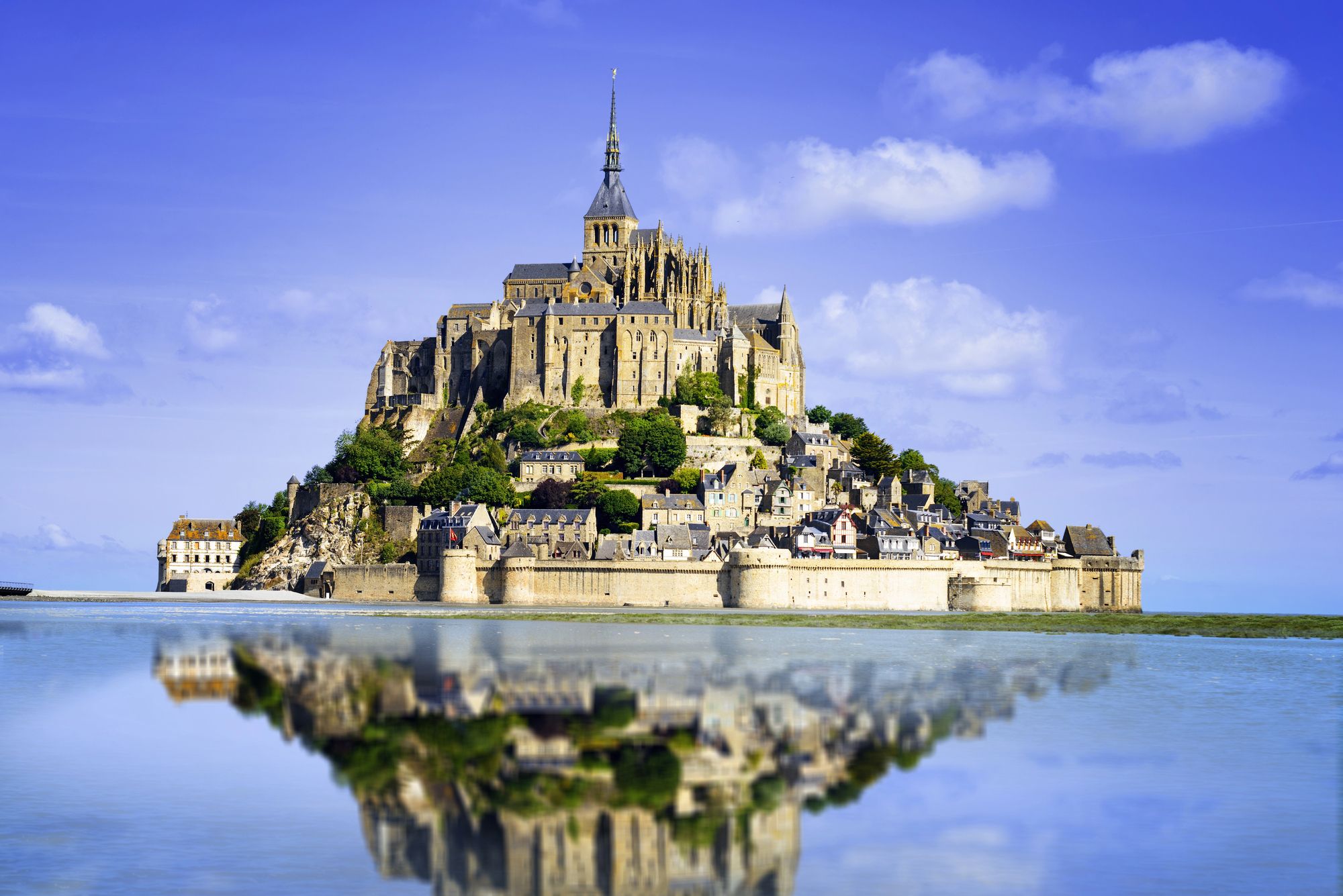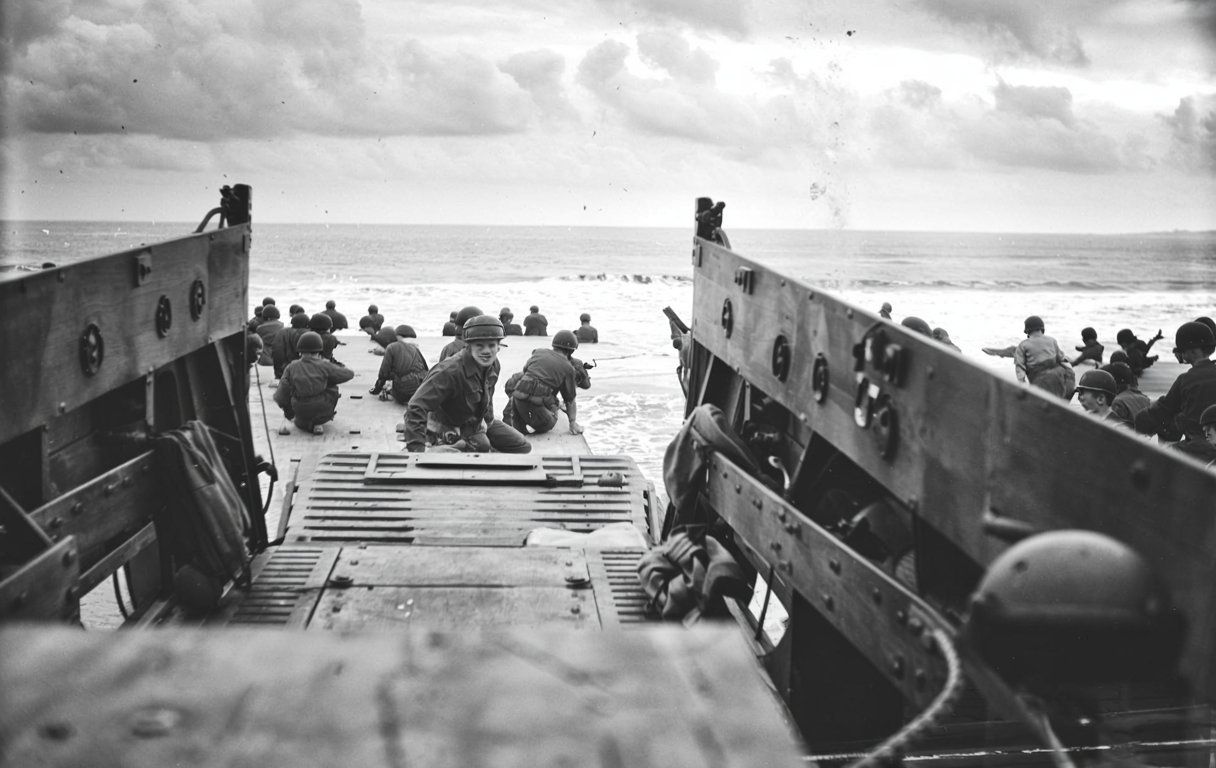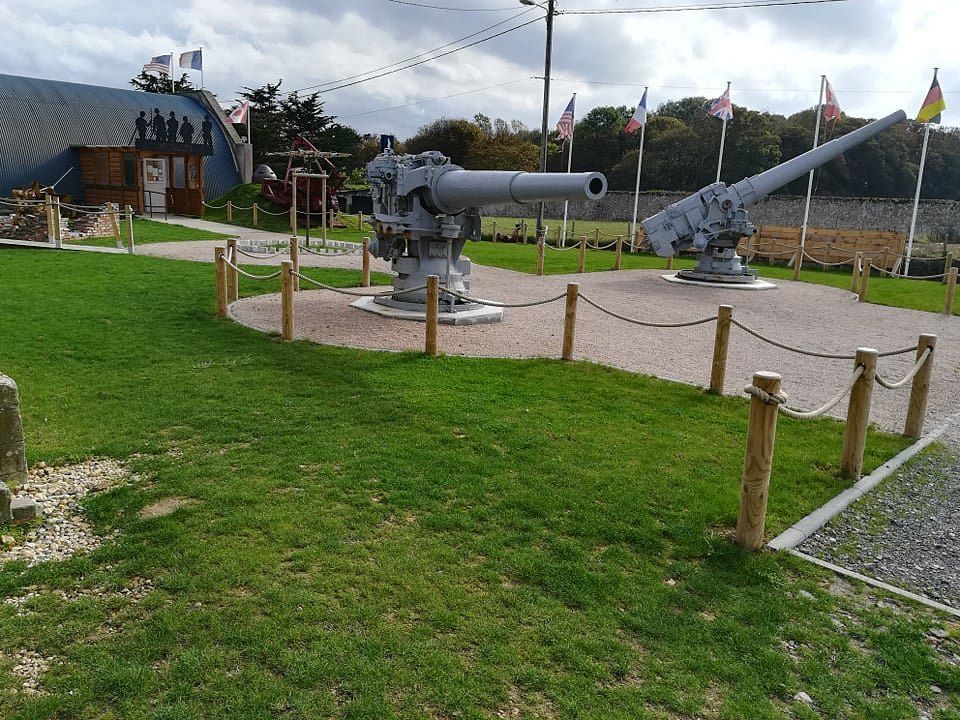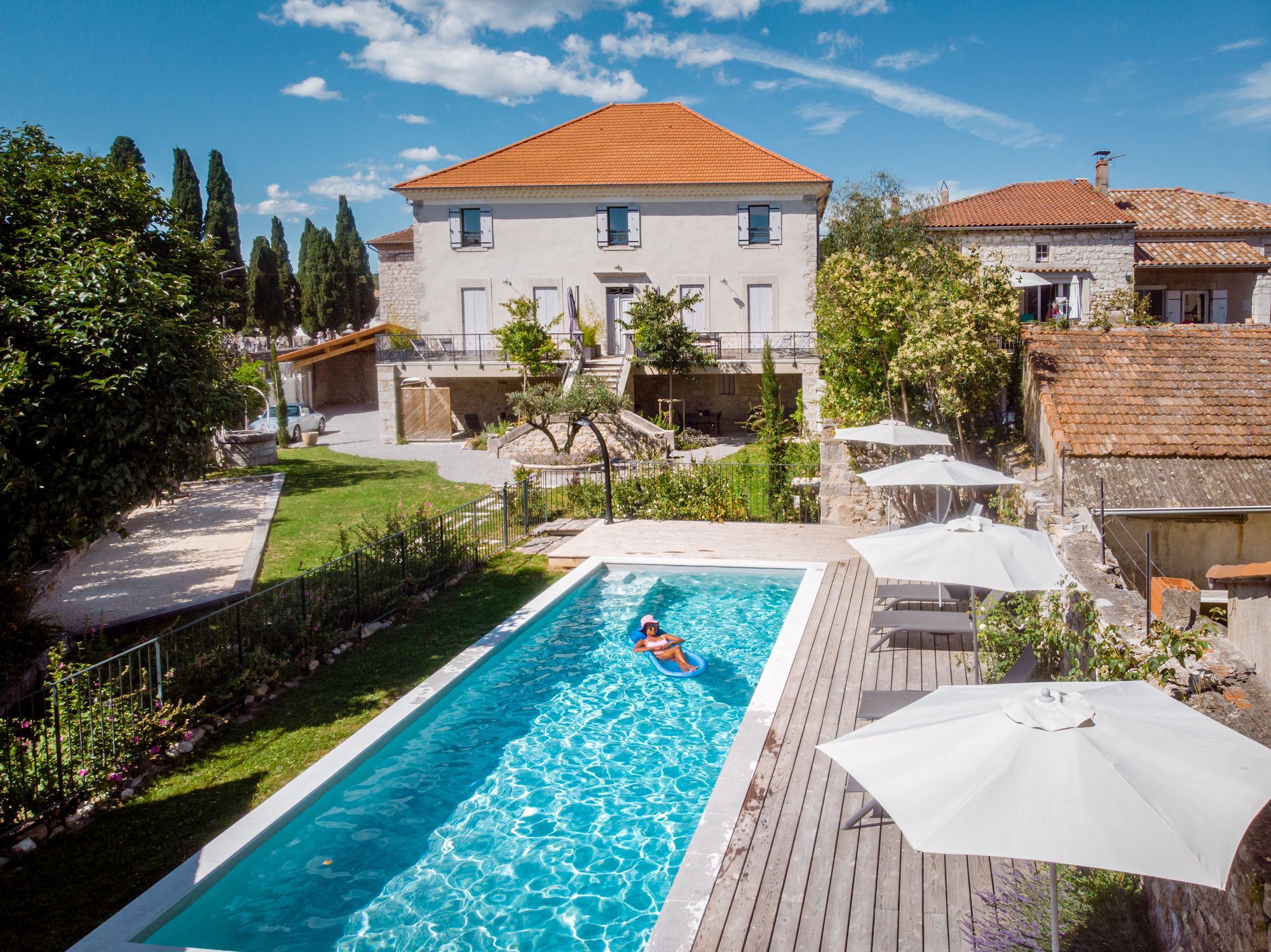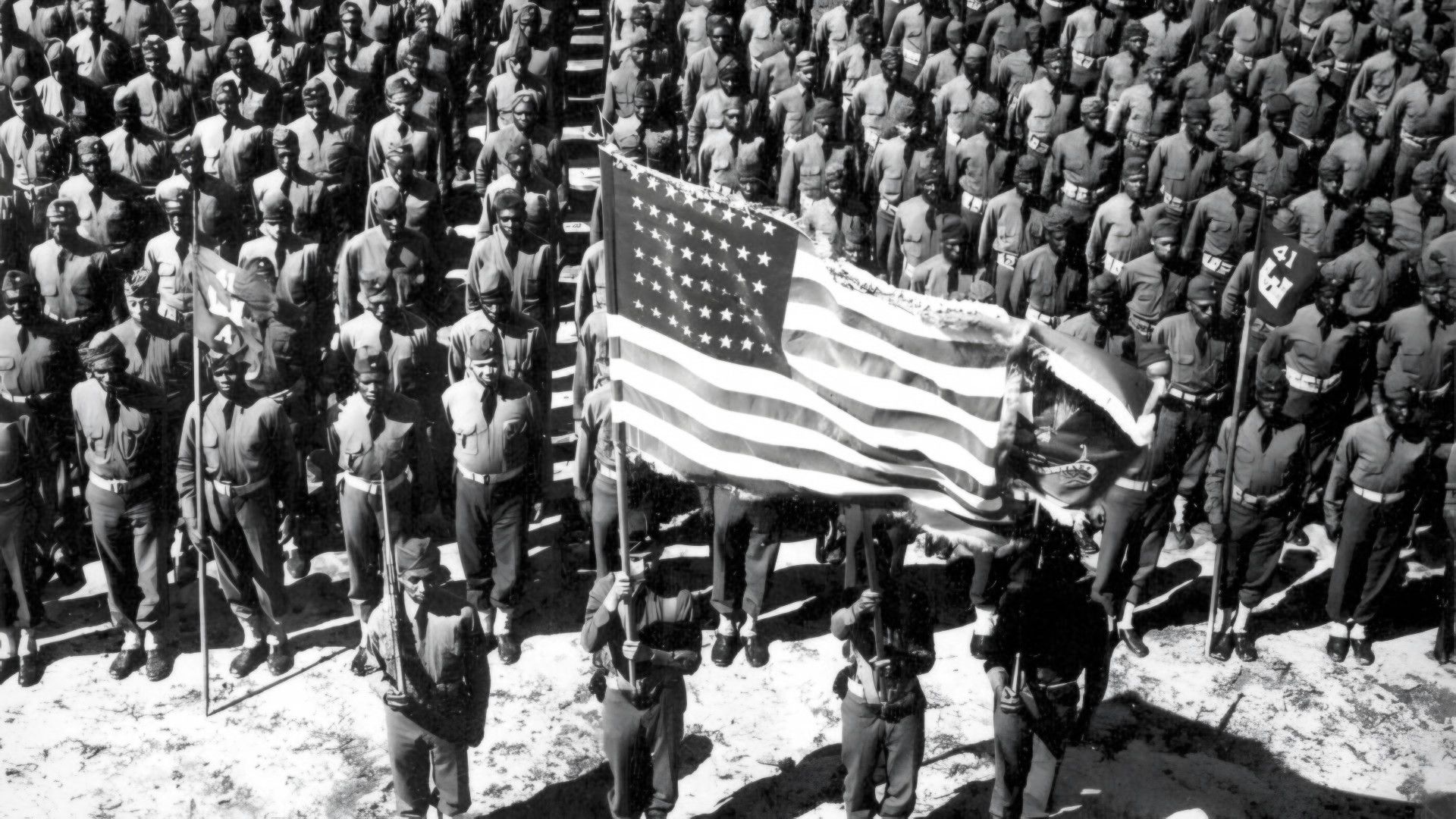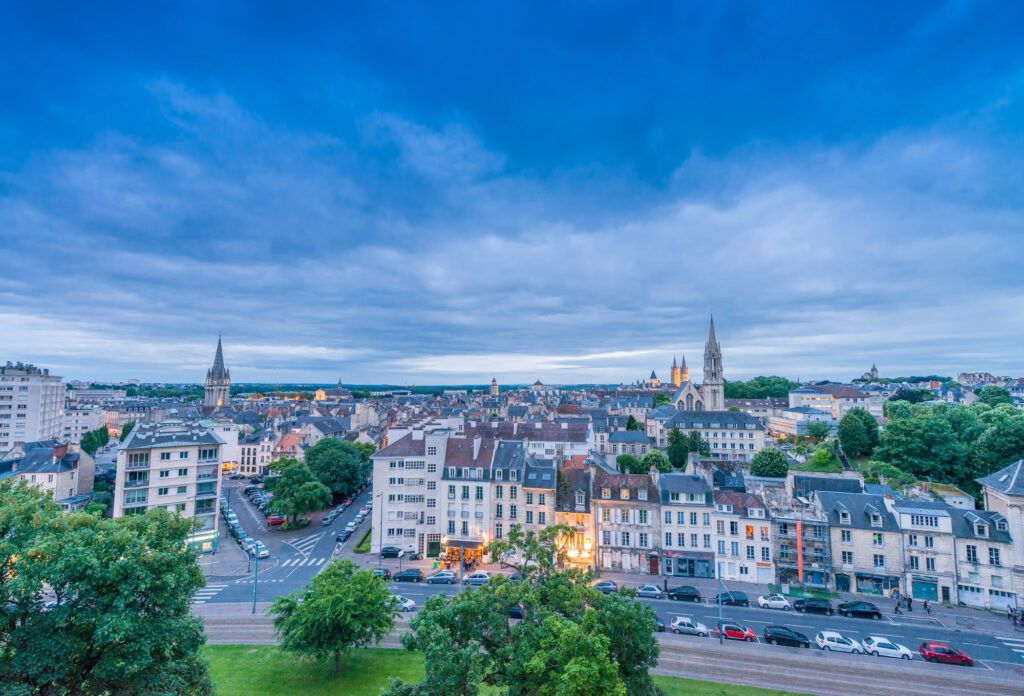Normandy’s got that rare mix—history, culture, and some wild natural beauty—especially as summer kicks in. By mid-June, the region buzzes with special events that add to its classic draws like Mont-Saint-Michel, the D-Day beaches, and Monet’s dreamy gardens. If you’re planning a week here, you’ll find everything from historical commemorations to food festivals that really show off local flavor and traditions.
Local towns set up special exhibitions, food markets brim with Norman specialties, and the coast offers both laid-back vibes and a chance to reflect at some weighty historic sites. Whether you geek out over history, chase new tastes, or just want to get outside, Normandy’s landscapes and stories make for a memorable week.
1) Visit the iconic Mont-Saint-Michel Abbey
There’s just something about Mont-Saint-Michel Abbey—especially with June’s clear skies. Mont-Saint-Michel Abbey perches on its rocky island, all Gothic spires and ancient stone, and it’s been wowing travelers for centuries.
If you’re heading over, try to get there early. By midday, the crowds get pretty intense. The abbey itself has about twenty rooms to poke around in, starting with the dramatic Grand Staircase.
As you climb, you’ll find models and exhibits that trace the site’s evolution. The staircase is a feat of medieval engineering—no elevators here, obviously, so be ready for a bit of a workout.
This UNESCO site isn’t just about the architecture. The tidal shifts in Normandy are wild and change the landscape every few hours.
If you want the full story, jump on a guided tour for a deeper dive into the abbey’s religious and historical roots. Tickets are €11 for adults, and kids under 18 get in free.
2) Explore Caen Castle and its museum
Right in the heart of Caen, Caen Castle stands as a reminder of Normandy’s past. After heavy bombing in 1944, the walls and towers were painstakingly restored, so now you can wander a real medieval fortress.
Inside the ramparts, you’ll find two museums worth your time: the Musée des Beaux-Arts with its art collections, and the Musée de Normandie with exhibits on the region’s history and culture.
This week, you can join special guided tours focusing on the castle’s WWII story—how it survived the Battle for Caen and what it took to restore it. Each tour runs about 45 minutes.
If you’ve got kids in tow, grab a book-game from the tourist office for €2.50. It turns the historic center into a playful adventure with observation and drawing challenges.
The castle grounds offer some of the best city views and a quiet break from the city’s pace. There are plenty of spots to sit and recharge.
3) Tour the D-Day beaches and memorials
June’s mild weather makes it a solid time to visit Normandy’s D-Day sites. The Normandy American D-Day Beaches Full Day Tour from Bayeux keeps groups small (just 8 people) and gets great reviews.
Walk Utah and Omaha beaches—where American troops landed on June 6, 1944. It’s surreal to stand on these peaceful sands knowing what happened here 81 years ago.
At the American Cemetery in Colleville-sur-Mer, the rows of white crosses and Stars of David stretch toward Omaha Beach, a sobering sight that sticks with you.
Pointe du Hoc’s German bunkers and cratered cliffs remain much as they were in ’44. It’s a bit haunting but fascinating.
Bayeux makes a handy base for exploring D-Day history, and there are custom tours running this week, including on June 13, led by guides who bring the stories to life.
If the weather turns, several museums along the coast offer refuge, with modern exhibits and personal accounts tying visitors to the events of that day.
4) Stroll through the historic town of Bayeux
Bayeux is like a time capsule—its medieval streets survived WWII almost untouched. The town center’s dominated by Cathedral Notre-Dame, a Gothic beauty from the 11th century that’s worth lingering over.
Wander the cobblestone lanes lined with half-timbered houses, and you’ll get a real feel for old Normandy.
The River Aure winds through, with little bridges and leafy paths. There’s a 2 km loop along the river—an easy stroll with pretty views.
Of course, the Bayeux Tapestry is a must. It’s tucked in its own museum, and seeing it in person is something else.
The town’s full of small shops and cafés—perfect for a break and a bit of people-watching. If you’re around Thursday morning, the market’s lively and packed with local goods.
5) Discover the Bayeux Tapestry Museum
The Bayeux Tapestry Museum is home to a medieval marvel: a 70-meter embroidered cloth telling the story of William the Conqueror and the 1066 Battle of Hastings. You’ll get an audio guide that walks you through each of the 58 scenes, making it accessible even if you’re fuzzy on your French history.
Heads up—the museum closes for renovations on September 1st, 2025, so this summer’s your last shot to see this UNESCO-listed treasure for a while.
It’s open daily in June from 9:00 to 6:30. Check their site for ticket prices and the latest on exhibits.
Located right in Bayeux’s center, the museum is a great jumping-off point for the rest of the town. Most people spend about 90 minutes inside, leaving time to hit the D-Day sites afterward.
6) Enjoy seaside activities in Deauville
Deauville’s beaches are legendary—wide, sandy, and sparkling. With June warmth, it’s prime time for sunbathing.
Take a walk on “Les Planches,” the classic boardwalk lined with beach cabins named for Hollywood stars—it’s a bit glam and great for people-watching.
If you’re feeling energetic, the sea’s warming up, so swimming’s finally pleasant. Rental stands have paddleboards and sailboats for a more active day.
Beach volleyball courts see plenty of action on weekends, and visitors are usually welcome to join games.
You can pack a picnic or grab a bite at a beach café—fresh seafood’s the move if you’re hungry.
If you can, stick around for sunset. The light on the Channel is unreal, and it’s a photographer’s dream.
7) Hike scenic trails in Suisse Normande
Suisse Normande has some of Normandy’s best hiking, hands down. The hills and valleys stretch out with over 600km of trails, from short loops to 17.5km treks.
The GR Tour de la Suisse Normande is the big one—voted France’s favorite long-distance trail in 2023. It’s a 113km loop, but you can break it up into six stages.
For a good day hike, check out the sections near Thury-Harcourt or Clécy. The views are killer, and the tourist office in Thury-Harcourt hands out free maps and up-to-date trail info.
Bring sturdy shoes and plenty of water—June temps can climb. Early morning hikes are cooler and the light’s perfect for photos.
You might spot locals picking wild strawberries along the way. If you do, why not try a few?
8) Walk the Calvados Route to taste local cider
The Normandy Cider Route is a 40km meander through villages like Beuvron-en-Auge, Cambremer, and Bonnebosq. In mid-June, the countryside’s at its greenest, and the drive (or ride) is just lovely.
You’ll find plenty of producers along the way, happy to offer tastings of cider and Calvados apple brandy. Calvados packs more punch and gets better with age.
This week’s weather is perfect for exploring, whether by car or bike. The Desvoye Cider and Calvados spot in St. Aubin Lebizay is a solid place to start.
Just a note—Norman ciders have alcohol: Cidre AOP Pays d’Auge and Cidre Brut are 4-5%, while Cidre Doux is milder at 2-2.5%. If you’re driving, pace yourself.
Most producers cluster around Cambremer, so you can visit several in a day. The whole route is about 90 kilometers if you go from Caen to Honfleur.
9) Visit the Caen Memorial Museum for WWII history
The Caen Memorial Museum is one of France’s top spots for anyone curious about World War II. Inside, you’ll find a sweeping look at 20th-century conflicts, with a big focus on the Battle of Normandy and D-Day.
Give yourself at least 3 hours here—seriously, it’s huge. If you’re a history buff, half a day might not even feel like enough.
The museum mixes artifacts, documentary films, and interactive displays, so the stories don’t just sit behind glass—they really come alive. It’s easy to get around, too, with stairs and elevators connecting the different levels.
Downstairs, there’s a former German command post from the Battle of Normandy. Walking through this preserved bunker, it’s hard not to feel the weight of history. You can almost imagine the tense decisions made there.
A newer addition, “Europe Our History,” is a 19-minute 360° audiovisual experience. It’s immersive, and honestly, it does a solid job of putting Normandy’s story into a bigger European context.
Since opening on June 6, 1988, the Caen Memorial has drawn visitors hoping to understand this turning point in world history. It’s both an educational resource and a place to pause and reflect.
10) Explore the picturesque fishing port of Honfleur
Honfleur’s Vieux Bassin (Old Harbor) is the real heart of the Flower Coast. The tall, skinny houses with slate facades have inspired artists for generations.
It’s easy to lose track of time wandering the cobbled streets around the basin. Most of the buildings date from the 16th to 18th centuries, back when Honfleur launched expeditions to Canada.
Definitely check out the Église Sainte-Catherine, France’s largest wooden church. Built by shipbuilders in the 15th century, its ceiling looks like an upside-down boat—how’s that for maritime flair?
Grab a seat at one of the harbor cafés for local seafood and a view of the fishing boats. If you’re watching your budget, walk a block inland; prices drop and food’s still great.
On Wednesday and Saturday mornings, the local market sets up around the harbor. You’ll find Norman cheese, cider, and seafood so fresh it might’ve been swimming that morning.
June usually brings mild temps—about 68°F (20°C). It’s perfect for a stroll, but arriving early helps you dodge the midday crowds that flock here.
Travel Tips for Normandy in June
June in Normandy is a sweet spot: pleasant weather, not as crowded as July or August. The mild temps and less wind make it a good time to roam the historical sites or just hang out by the coast.
Planning Your Itinerary
Mid-June hits that nice shoulder-season balance—enough visitors for a lively vibe, but not packed. If you want to visit the big sites like the D-Day beaches, go early to beat the tour buses.
Set aside at least 3–4 hours for must-sees like Mont-Saint-Michel. The weather can flip quickly—even in June, a rain shower might sneak up on you, so build in some wiggle room.
You might want to break up your trip like this:
- Days 1–2: Coastal D-Day sites and memorials
- Days 3–4: Inland towns and cultural stops
- Day 5: Mont-Saint-Michel (weekday is better if you can swing it)
Book your hotels ahead, especially in the popular seaside towns. Normandy’s highlights are spread out, so renting a car makes life a lot easier.
What to Pack for Early Summer
Normandy’s June weather is pretty mild, but it can change in a snap. Days usually hit 65–75°F (18–24°C), with evenings dipping to about 55°F (13°C). Here’s what to toss in your bag:
Clothing:
- Lightweight layers (t-shirts, light sweaters)
- One warm jacket for evenings
- Comfy shoes for all those cobblestones
- Waterproof jacket or a small umbrella
- Sun hat and sunglasses
Even though it’s less windy than other months, you’ll still feel the sea breezes. A light scarf can save you from a chill.
Thinking about the beach? Bring a swimsuit, but fair warning: Atlantic water stays chilly (around 60°F/15°C). Quick-dry clothes are smart if you get caught in a rain shower while you’re out on country walks or coastal hikes.
A daypack, reusable water bottle, and European outlet adapters (type E) also come in handy.
Local Events and Cultural Insights
Normandy’s culture really wakes up in summer, with festivals and quirky traditions. Sometimes visitors skip these, but honestly, they’re some of the most memorable parts of a trip.
Understanding Normandy’s Festival Season
June kicks off festival season in Normandy, and there’s plenty happening this week. The D-Day Festival Normandy keeps the commemorations going through mid-June, mixing historical reenactments with local performances.
Coastal towns celebrate the annual Fête de la Mer (Sea Festival). Expect:
- Seafood tastings
- Traditional Norman music
- Boat parades
- Artisan markets
Granville hosts cliff-side concerts this week—music with a view, starting around 7pm and running until sunset. If you’re into photography, you’ll want your camera ready.
If you want to snag tickets, book at least a day ahead—these events fill up fast when tourists roll in.
Navigating Local Customs and Etiquette
Getting a handle on basic Norman customs really helps you blend in and makes locals feel respected. Walk into a small shop or café, and folks expect a quick “Bonjour” before you do anything else. It might feel a bit formal, but it’s just how things go.
Normandy sticks to classic French meal times:
- Lunch: 12:00–2:00pm
- Dinner: 7:30–9:30pm
Shops and attractions often shut down for lunch, so if you’re planning a full day, you’ll want to keep that in mind. The midday break—or “pause déjeuner”—isn’t just a suggestion; people take it seriously here.
Tipping? Not required, but if someone goes above and beyond, rounding up the bill or leaving 5–10% is always a nice gesture. At religious sites like Mont Saint-Michel Abbey, you’ll need to cover your shoulders and dress modestly.
Local markets are probably the best way to soak up real Norman life. Bring cash, toss a reusable bag in your backpack, and chat with vendors about what they’re selling. Most of them enjoy talking about their products, and you might just learn something new.

